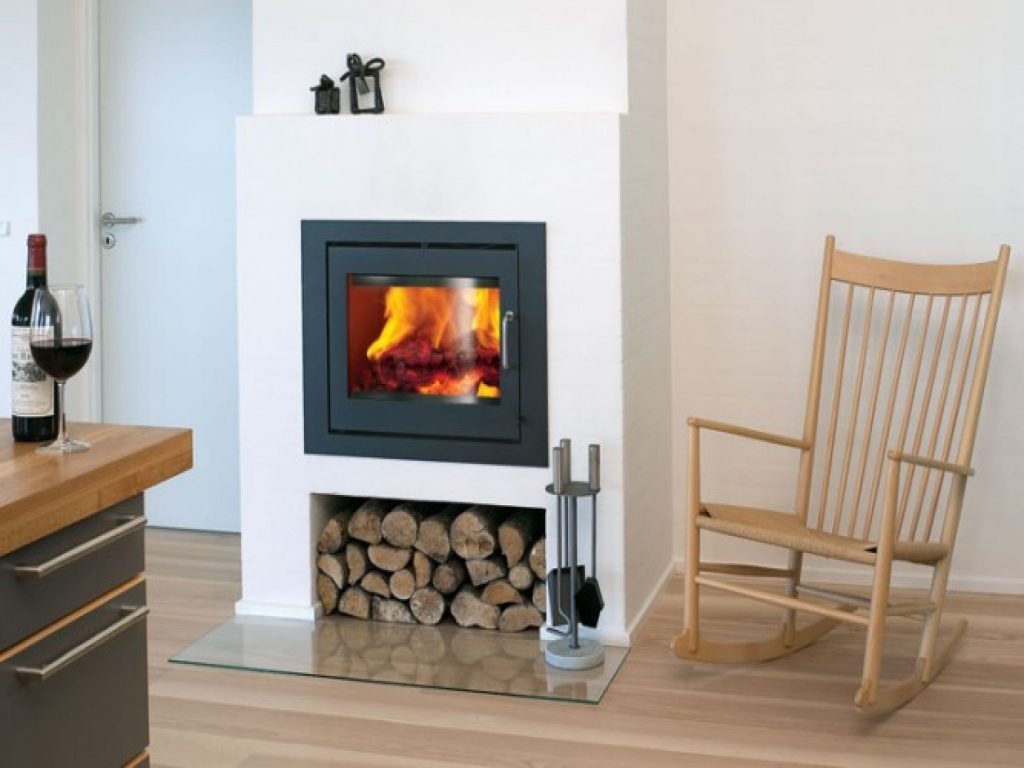If you asked individual wood-burning stove users how they maximise the efficiency of their stove you will likely get an array of different tips and advice. The truth is there are very simple ways in which you can maximise the efficiency of any wood-burning stove and reduce emissions. As the cost of energy continues to rise and emission regulations tighten it is extremely important to maximise the efficiency of your machine. We have listed eight tips below which you should follow to get the best out of your wood-burning stove:
Aim for 20% moisture content in wood fuel
Whether you are drying your own wood or buying in wood fuel it is vital that the moisture content is no more than 20%. This is the limit at which your wood will burn to maximum efficiency as well as eliminating the creation of potentially dangerous and damaging tar-like material. It also ensures that the missions from your wood-burning stove are kept as low as possible therefore having limited impact on the environment.
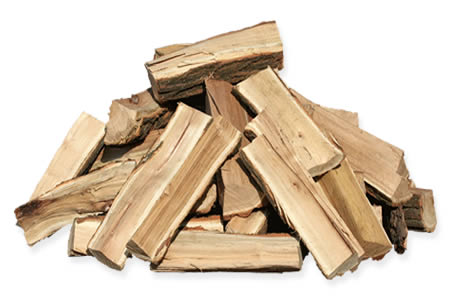
It is also worth investing in a moisture meter which you can use each time you load a stove with wood, to ensure the moisture content is no more than 20%. Many people prefer to buy in their wood fuel as it can take up to 2 years to naturally dry out logs.
Repaint your stove in the summer months
When you consider the significant heat created by a modern day wood-burning stove the outer coating will eventually start to age and become a little worn with a less than perfect paint cover. This visual impact is simply a consequence of the constant heat thinning and drying out the paint. The underlying body of the stove is extremely durable and a simple repaint over the quiet summer months, using special stove paint, can bring an ageing stove back to life. It is obviously important that the stove is cold when the paint is applied and while it is drying.
Disposing of stove ashes
Many people will not be aware but the vast number of stove related house fires are started by hot ashes. It is easy to forget that while the ashes are hot the burning embers can ignite if placed in a non-metal container or next to compostable material. It is therefore important to ensure that when emptying the ash pan the ashes are disposed of safely and correctly.
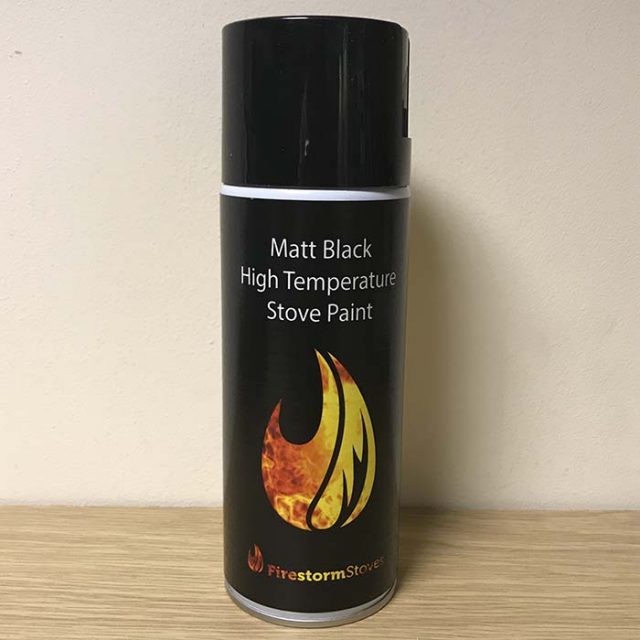
Over the winter months you will likely remove a significant amount of ash from your wood-burning stove. Cool ash makes a perfect garden fertiliser and can also be used to add “grip” to slippery driveways and paths.
Never burn the following materials….
Sometimes it is tempting to throw “rubbish” onto your wood-burning stove to feed the fire and increase the heat output. To some people it is an easy way to dispose of rubbish but in reality it can be extremely dangerous and damaging to your stove and flue. Plastics and even wood coated with materials such as varnish may appear to burn easy enough but they create potentially poisonous gases and can also ruin your flue liner.
Even more subtle waste such as potato peelings should never be burnt on a wood-burning stove because at best they will reduce the efficiency and at worst they can create a tar like material which will cling to your flue liner, potentially encouraging chimney fires. Stick to the prescribed wood fuel to get the best out of your wood-burning stove and avoid the creation of potentially poisonous gases.
Avoiding rust
During the summer months it is likely that you will not require your stove on a regular basis although the British summer can be somewhat unpredictable at times! In times of limited use it can be relatively easy for condensation to emerge within your stove which will eventually prompt rust. It is therefore important to ensure constant airflow in and around your wood-burning stove to avoid condensation and protect against rust. Some stove manufacturers recommend keeping your stove door slightly ajar when not in use although not too much to place pressure on the hinges.
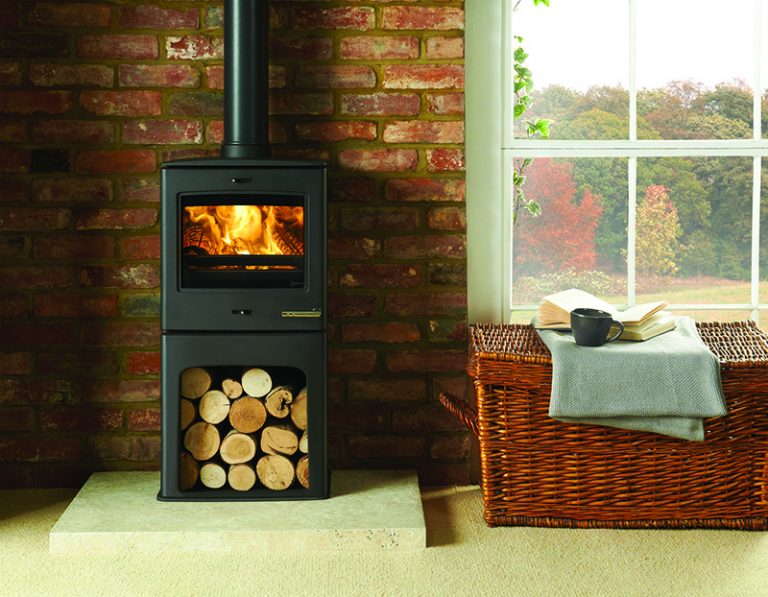
Monitoring optimal combustion
If you follow the guidelines regarding wood fuel, moisture content and the best way to burn fuel in your wood-burning stove you should be firing at optimal combustion. On occasion you will be able to see the creation of smoke, soot and tar within your stove which will indicate an inefficient burn process. However, one of the easiest ways to see whether your stove is burning at optimal levels is to take a look at the missions through your chimney.
A relatively small release of smoke through your chimney indicates that the vast majority of gases created in the combustion process have been burnt off within your stove. Primary, secondary and tertiary combustion systems are more commonplace today than ever before and ensure that as much gas is burned off, thereby creating yet more heat, as possible. However, if your chimney is emitting a thick plume of smoke this indicates your machine is not firing at optimal levels and you will need to either improve the quality of fuel or adjust the airflow appropriately.
Regular maintenance of your stove
If you think of your stove as a car, it will undertake an annual MOT with the vast majority of cars serviced each year. Many stove retailers suggest at least an annual sweep of your chimney as well as maintenance and repair checks. This may only involve a variety of simple tasks such as removing excess ash, brushing the inner workings of your stove and lubricating hinges which are beginning to show signs of age and squeaking.
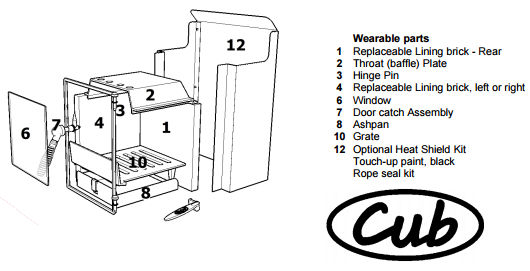
We know from past experience that many wood-burning stove enthusiasts will delay the replacement of relatively small and cheap parts until the last minute. This is to all intents and purposes a false economy because the failure of relatively small parts over time can impact larger more expensive elements of your stove. That is before we even begin to look at the reduced efficiency if for example the door rope liner has eroded and heat is seeping out of your stove in an uncontrolled manner. Regular maintenance will save you money in the long run, ensure your stove is running at maximum efficiency and, above all, ensure safety is paramount.
Lighting your wood fuel from the top-down
When you have added your various layers of material to ignite your stove in the morning the natural movement is to burn the fuel from the bottom up. While the idea of lighting the fuel at the bottom of the pile, thereby automatically lighting the fuel above with the growing flames, seems like a no-brainer, there is a growing trend to light your wood fuel from the top down. Why?
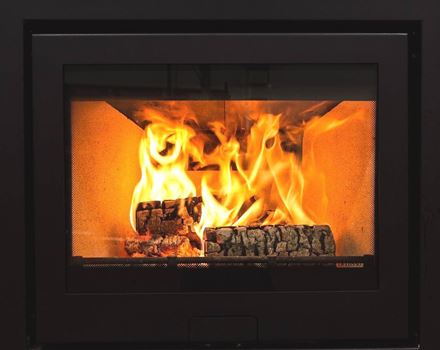
If you light your fuel from the top down, as the wood slowly burns it will ignite the material below it creating a similar result to those using the bottom-up approach. However, we know maximum efficiency in a wood-burning stove is created when the combustion chamber is as hot as possible. So, as the fuel at the top of the pile burns, this quickly heats up the air above allowing the fuel below to be burnt in an optimal environment. Yes, we know this goes against the grain, but if you try this once you will see exactly what we mean.

